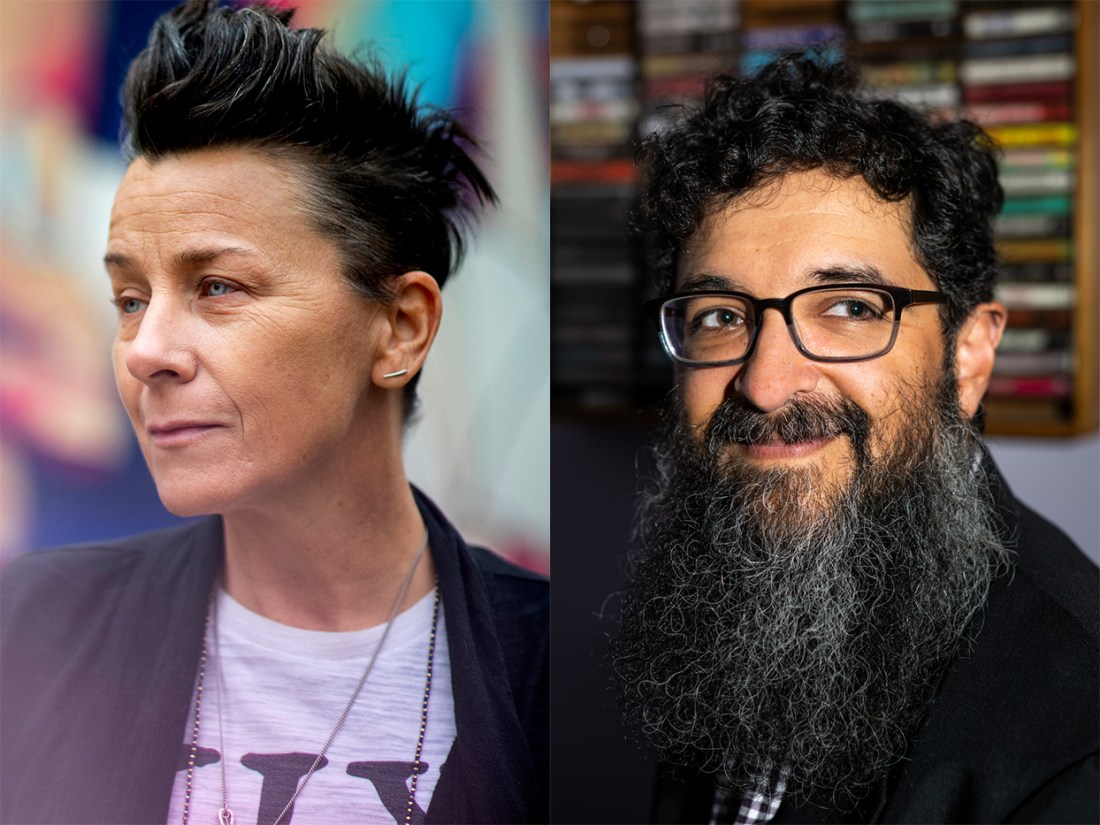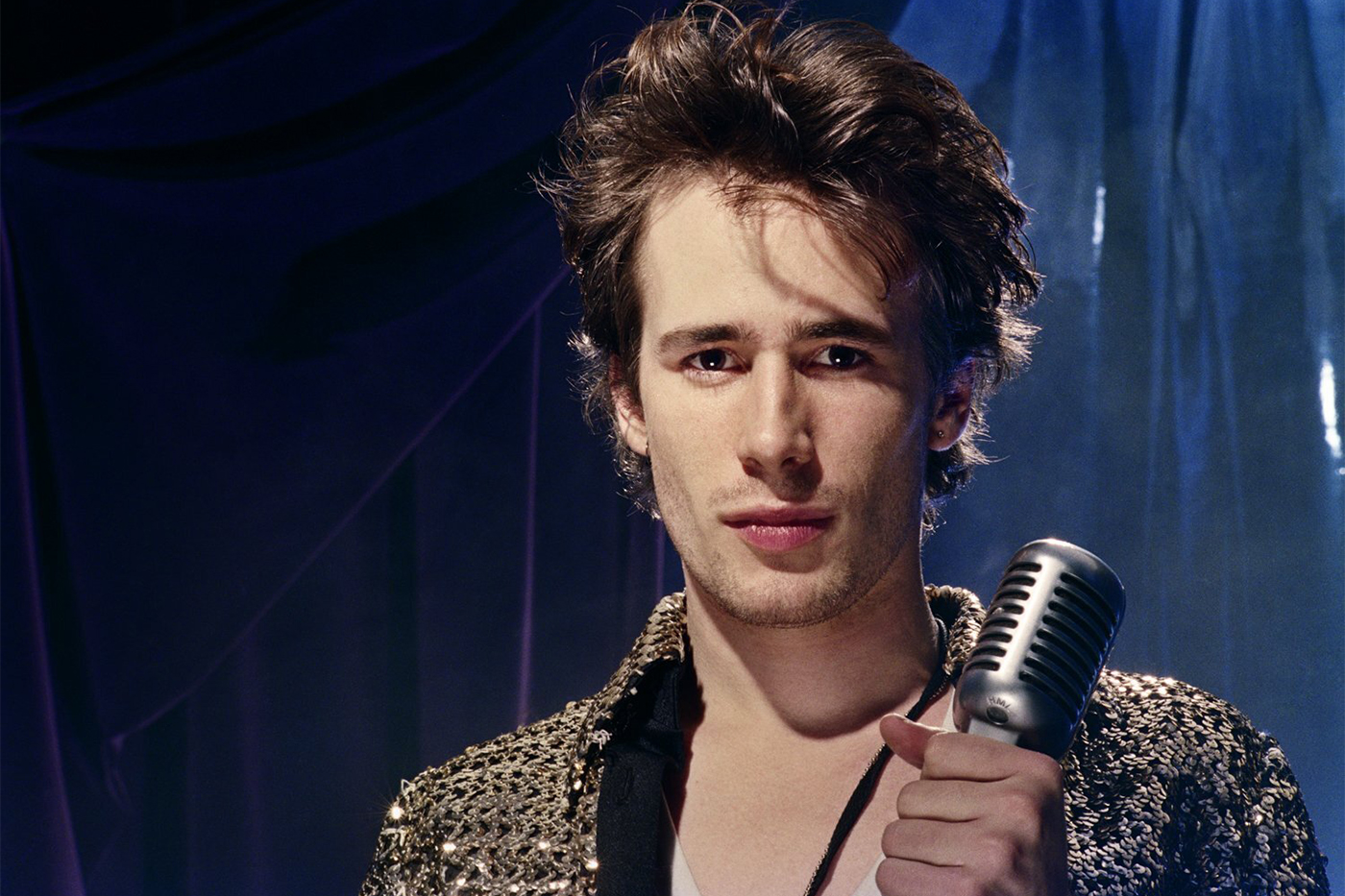Experts explain what makes the subject of “It’s Never Over, Jeff Buckley” one of the most legendary artists of his generation, despite only releasing one studio album before his premature death.

Even if you’ve never heard Jeff Buckley’s music, you’ve heard Jeff Buckley.
Despite only releasing one studio album, “Grace,” prior to tragically drowning at the age of 30 in 1997, Buckley remains one of the most legendary — and subtly influential — artists of his generation.
His soaring falsetto and genre-bending songwriting that could drift from soul to jazz to folk to grunge and back again made him a word of mouth sensation in the early ’90s. His music was a shock to the system for his contemporaries and has continued to influence artists well after his death.
Radiohead, Muse, Coldplay, Soundgarden, Pearl Jam, Lana del Rey and Adele have all cited him as influences.
With a new documentary, “It’s Never Over, Jeff Buckley,” arriving from Oscar-nominated director Amy Berg, musicians and music experts alike say it’s worth reflecting on Buckley’s life and legacy. How did an artist with such a slight body of work leave such a deep impact?
The most obvious place to start is with his voice. Even now, “nobody sounds like Jeff Buckley,” says Melissa Ferrick, a singer songwriter and touring artist with decades of experience who serves as a professor of the practice at Northeastern University.
His voice was heavily melodic and almost operatic at times, with a four-active range that could stretch in seemingly any direction, Ferrick says. He drew inspiration from the singer songwriters of the 1970s, including his estranged father, Tim Buckley, as much as he did from jazz and eastern music styles. However, the element of Buckley’s voice that Ferrick still hears today, including in some of her songwriting students, is his falsetto.

At the time, it was a stark contrast to the low, growling vocals of grunge, but it also perfectly exemplified what set Buckley apart from his peers: raw emotional power filtered through incredible technical proficiency.
“I don’t think we hear men sing with such vulnerability and in falsetto that much in popular music,” Ferrick says. “From the recordings … what I notice is that he just throws his voice with absolute abandon and hits it. It’s not sought out. It’s not pre-meditated what he goes for. It’s in the moment, and he’s fearless going for those notes.”
“Grace,” the only studio album Buckley completed while he was alive, remains a showcase for not only his voice but his songwriting. The rendition of Leonard Cohen’s “Hallelujah” that appears on “Grace” is what Buckley is most remembered for. However, the rest of his 1994 album charts an often bewildering course across genres and styles that all leads back to one place: Jeff Buckley.
All of those qualities were on display during Buckley’s live shows, which are another reason why his legacy still persists several decades later, says Andrew Mall, an associate professor of music at Northeastern. Given there is more of Buckley’s live music out in the world than studio recordings, it has helped him become a musician’s musician in some ways.
“He’s not a particularly virtuosic guitarist — he’s not a heavy metal shredder — but the way that he can weave his instrumental work along with his vocal work and then lead a band through these extended versions [of song] and hop through different styles over the course of a single evening, that always struck me as pretty incredible and something I was not hearing at the time and I still think is relatively unique,” Mall says.
Ferrick was able to see all of this firsthand at Sin-é when she appeared on the same bill as Buckley while promoting her first album, “Massive Blur,” in 1993.
At the time, Ferrick had heard very little about this artist who had been generating a ton of buzz with his residency at Sin-é. After performing a short set in front of a surprisingly packed room, she decided to stay for a bit and listen to the artist who was at the center of all this attention.
“I stayed after my little set and listened to him for a while because I was like, ‘Who the heck is this guy?’” Ferrick says. “You could have heard a pin drop, and this was someone playing by themselves. As someone who does play solo, it’s hard to hold a room in that kind of silence for that long.”
Buckley’s death — an accidental drowning while swimming in a river — inherently adds a tragic lens to his legacy. Listening to his music is not just bearing witness to an incredible artist but all the potential he was never able to realize, Ferrick says.
Despite his early death, contemporary artists like Phoebe Bridgers and Hozier continue to carry the flame Buckley lit. Mall hopes Berg’s documentary helps the broader public appreciate him for more than just “Hallelujah” and see the ways his work has subtly impacted generations of artists. More than that, Ferrick says, Buckley is a reminder of what every artist should strive for: true authenticity.
“He was an extraordinarily authentic human being and musician and performer, and that’s really rare,” Ferrick says. “When someone is really themselves, I think it’s really magnetic because a lot of people have a hard time being themselves.”
